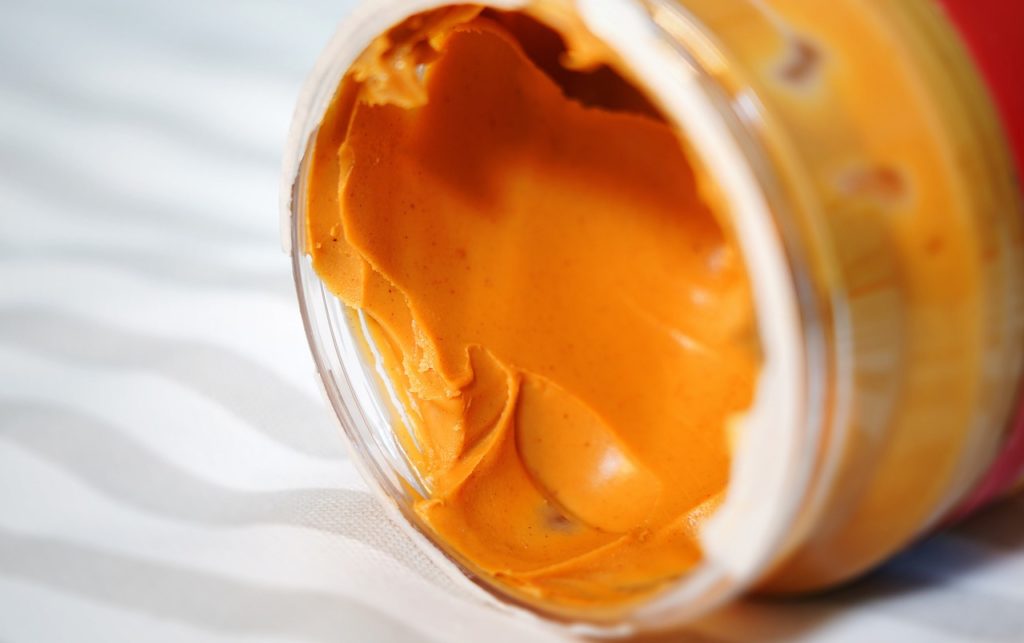Is Starting a Keto Diet Right for You?

This image is property of pixabay.com.
Are you looking to kickstart your health journey and lose weight in a sustainable way? The keto diet might be just the thing for you. Let’s explore the ins and outs of starting a keto diet for beginners and see if it’s the right fit for your lifestyle and goals.
The Basics of a Keto Diet
The ketogenic diet, or keto diet for short, is a low-carb, high-fat diet that has gained popularity in recent years for its weight loss benefits. By drastically reducing your carbohydrate intake and replacing it with healthy fats, your body enters a state of ketosis, where it burns fat for fuel instead of carbohydrates.
It’s important to understand the key principles of a keto diet before diving in. Your daily macronutrient intake should roughly consist of:
- 70% fats
- 25% protein
- 5% carbohydrates
These ratios can vary slightly depending on individual goals and needs, but the general idea is to keep carbs low, protein moderate, and fats high. This helps your body switch from using glucose as its main energy source to burning stored fat for fuel, leading to weight loss and other health benefits.
Foods to Eat on a Keto Diet
One of the keys to success on a keto diet is knowing which foods to eat. Here are some keto-friendly foods to include in your meal plan:
| Food Group | Examples |
|---|---|
| Healthy Fats | Avocado, olive oil, coconut oil, nuts, seeds |
| Protein | Chicken, turkey, beef, fish, tofu |
| Non-Starchy Vegetables | Spinach, broccoli, cauliflower, zucchini |
| Dairy | Cheese, butter, heavy cream, Greek yogurt |
By focusing on these food groups, you can create delicious and satisfying meals that align with the principles of a keto diet. Experimenting with different recipes and meal combinations can help you stay on track and enjoy the foods you eat.
Foods to Avoid on a Keto Diet

This image is property of pixabay.com.
Just as important as knowing what to eat is understanding what to avoid on a keto diet. Here are some foods to steer clear of:
- Sugary Foods: Candy, soda, pastries, ice cream
- Grains: Wheat, rice, oats, corn
- Fruit: Bananas, apples, oranges, grapes
- Starchy Vegetables: Potatoes, sweet potatoes, peas, corn
By eliminating these high-carb foods from your diet, you can maintain ketosis and continue burning fat for fuel. It’s important to read labels and be mindful of hidden sugars and carbs in processed foods to stay on track.
Benefits of a Keto Diet
The keto diet offers more than just weight loss benefits. Some of the additional advantages of following a keto diet include:
- Increased Energy Levels: By using fat for fuel, your energy levels can stabilize throughout the day.
- Improved Mental Clarity: Many people report sharper focus and mental clarity on a keto diet.
- Balanced Blood Sugar: By reducing carb intake, you can stabilize blood sugar levels and reduce insulin resistance.
- Appetite Control: Healthy fats and protein can help you feel full and satisfied, reducing cravings and snacking.

This image is property of pixabay.com.
These benefits make the keto diet an appealing option for those looking to improve their overall health and well-being. By sticking to the principles of a keto diet and making it a sustainable lifestyle choice, you can reap the rewards of better health and weight management.
Getting Started on a Keto Diet
If you’re ready to jump into the world of keto, here are some tips for getting started:
- Clean out your pantry: Remove any high-carb foods from your kitchen to avoid temptation.
- Plan your meals: Research recipes and create a meal plan to ensure you have keto-friendly options on hand.
- Stay hydrated: Drinking plenty of water is essential on a keto diet to support your body’s transition into ketosis.
- Monitor your macros: Use a food tracking app to keep an eye on your macronutrient intake and make adjustments as needed.
- Listen to your body: Pay attention to how you feel and make adjustments to your diet based on your energy levels, hunger cues, and overall well-being.
Starting a keto diet can be a big adjustment, but with time and dedication, you can achieve your health and weight loss goals. Don’t be afraid to experiment with different foods and meal combinations to find what works best for you.
Incorporating Exercise into Your Keto Lifestyle
While a keto diet can help you shed pounds and improve your health, incorporating exercise into your routine can amplify these benefits. Here are some tips for adding physical activity to your keto lifestyle:
- Focus on resistance training: Building muscle can boost your metabolism and enhance fat loss on a keto diet.
- Include cardiovascular exercise: Incorporating activities like walking, jogging, or cycling can improve cardiovascular health and overall fitness.
- Try high-intensity interval training (HIIT): HIIT workouts can help you burn more calories in less time, making them a great addition to a keto lifestyle.
- Listen to your body: Pay attention to how exercise affects your energy levels and adjust your routine as needed to support your keto goals.
By combining a keto diet with regular exercise, you can maximize your weight loss results and achieve a strong, healthy body. Remember to listen to your body and make adjustments to your routine as needed to stay on track and see progress.
Navigating Social Situations on a Keto Diet
One of the challenges of starting a keto diet is navigating social situations that revolve around food. Here are some tips for sticking to your keto lifestyle in social settings:
- Plan ahead: If you’re attending a social event, eat a keto-friendly meal beforehand to avoid temptation.
- Be prepared: Bring keto-friendly snacks or dishes to share so you have options available.
- Communicate your needs: Let friends and family know about your dietary preferences so they can accommodate your needs.
- Focus on the company: Enjoy the social aspect of gatherings without solely focusing on the food.
It’s important to balance your keto lifestyle with social interactions to ensure you stay on track with your goals. By being mindful of your choices and communicating your needs, you can enjoy social situations while sticking to your keto diet.
Monitoring Your Progress and Making Adjustments
As you embark on your keto journey, it’s essential to monitor your progress and make adjustments as needed. Here are some ways to track your success on a keto diet:
- Weigh yourself: Keep track of your weight and measurements to see changes over time.
- Take progress photos: Visual progress can be motivating and help you see how far you’ve come.
- Track your macros: Use a food tracking app to monitor your macronutrient intake and adjust as needed.
- Check in with your body: Pay attention to how you feel, your energy levels, and overall well-being to make adjustments to your diet and exercise routine.


